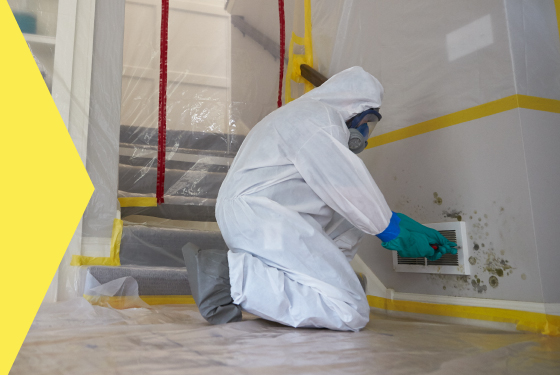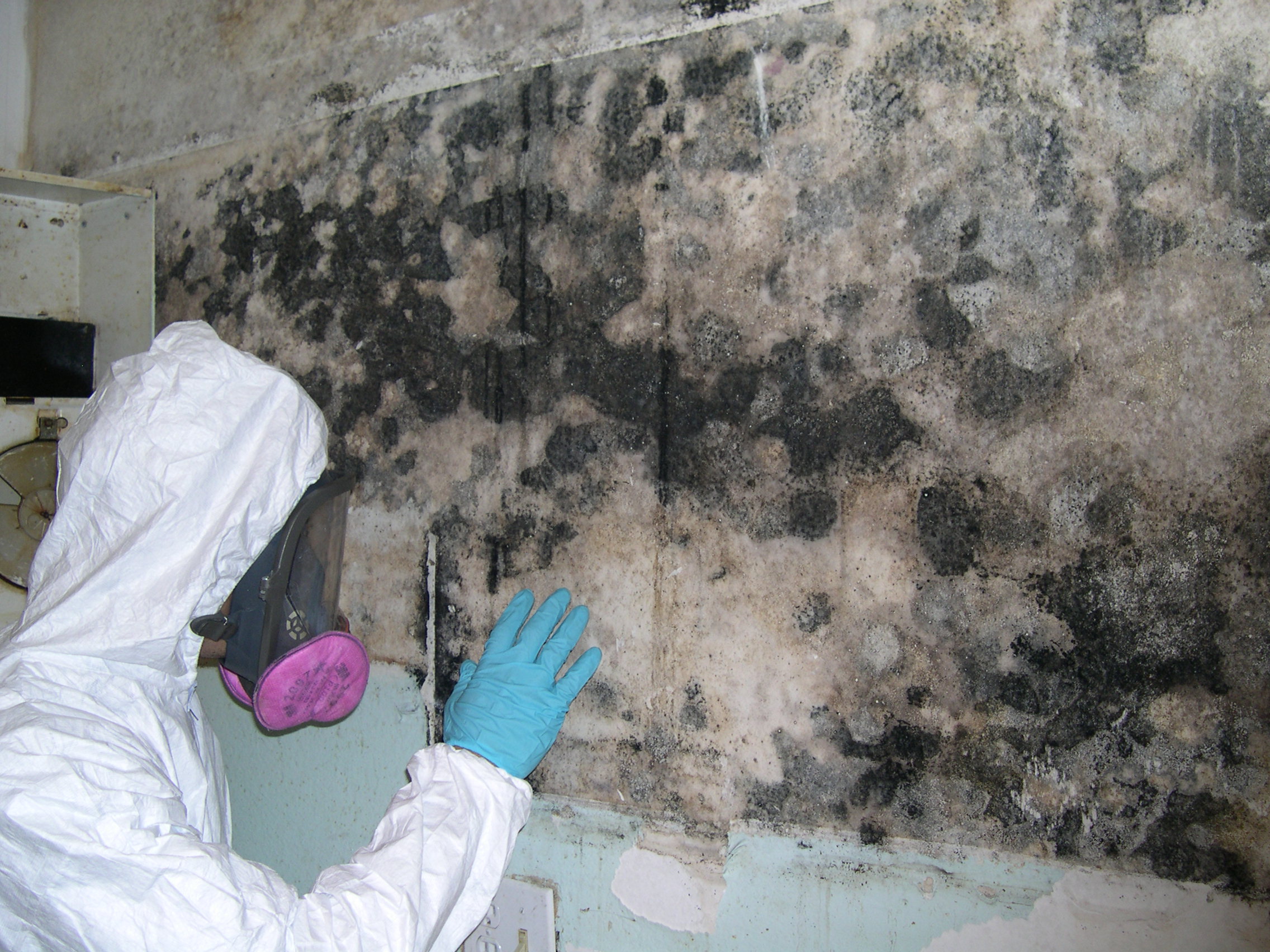How to Safely and Successfully Eliminate Mold From Your Building
The process of securely and efficiently removing mold and mildew entails a collection of important steps that require cautious consideration and know-how. From identifying the type of mold and mildew existing to choosing the appropriate tools for remediation, each stage plays a crucial function in making sure the effective elimination of mold from your building. The vital exists not just in the removal process yet additionally in stopping future mold development.
Determining the Mold And Mildew
Detection of mold in indoor environments can be critical in making certain a safe and healthy and balanced living or functioning space. Identifying the existence of mold is vital as it can lead to numerous wellness issues, including respiratory system problems, allergies, and skin irritation. Mold and mildew growth typically appears as blemished patches on wall surfaces, ceilings, or other surface areas.
Aside from aesthetic cues and odors, mold and mildew screening can provide even more precise details about the extent and kind of mold existing. This screening may entail air tasting, surface area tasting, or mass sampling, which are then analyzed in a laboratory. Expert mold and mildew inspectors can perform thorough evaluations to determine mold resources and advise ideal removal activities to ensure a safe interior setting. Early detection and identification of mold are necessary in preventing its spread and decreasing prospective wellness threats.

Examining the Damages
Upon verifying the visibility of mold with proper identification methods, the next crucial step is analyzing the level of damages created by its development. Furthermore, think about the period of mold development, as long-term problems might have triggered much more extensive damages.
Sometimes, it may be necessary to seek specialist support to conduct a detailed evaluation, particularly if the mold and mildew growth is extensive or if there are worries regarding surprise mold within wall surfaces or various other structural aspects. A professional evaluation can give important insights right into the seriousness of the damages and help in creating an efficient remediation strategy. Bear in mind that a complete analysis is essential for making sure that all impacted areas are properly attended to during the mold and mildew elimination procedure.
Choosing the Right Tools
For small, isolated areas of mold and mildew development, fundamental protective gear such as handwear covers, goggles, and an N95 respirator might be enough. For bigger areas or a lot more serious instances of mold and mildew, go to website specialized equipment like HEPA vacuum cleaners, air scrubbers, and full-face respirators might be needed (water damage cleanup poultney vt).
HEPA vacuum cleaners are crucial for effectively removing mold spores from surface areas, while air scrubbers help to boost air top quality by straining air-borne spores. Full-face respirators provide optimal respiratory system security versus mold and mildew spores and volatile natural substances released throughout the remediation procedure. Additionally, dehumidifiers can assist regulate wetness degrees, stopping future mold development.
When selecting devices, it is essential to prioritize safety and security, efficiency, and performance. Spending in high-grade equipment and adhering to advised safety guidelines will help ensure an effective mold and mildew removal procedure.
Implementing Safe Removal Techniques
When dealing with mold, it is important to focus on safety and security to protect against health risks and further contamination. One reliable strategy is to consist of the afflicted area to stop the spread of mold spores to unpolluted locations.
Furthermore, putting on suitable individual safety equipment (PPE) is important throughout mold removal. This consists of handwear covers, goggles, and respirators to protect versus exposure to mold and mildew spores and cleaning representatives. Prior to starting the elimination procedure, it is a good idea to mist the mold-infested area with water to minimize the release of spores into the air. Additionally, making use of news HEPA vacuums and damp wiping surface areas work methods for getting rid of mold and mildew without dispersing spores.
Preventing Future Mold Growth
Having actually established a structure for risk-free mold removal strategies, the emphasis currently shifts towards strategies intended at stopping future mold development in the treated location. To protect against the reappearance of mold and mildew, it is crucial to attend to the origin reason of the first mold invasion.
In addition, preserving indoor humidity levels below 60% is type in mold avoidance. Using dehumidifiers and ac system can aid in managing humidity levels, particularly in wet cellars or crawl rooms. Regularly inspecting and fixing leaks in pipes, roof coverings, and home windows is basic in protecting against water invasion, which gas mold growth. Making certain appropriate insulation and sealing spaces can additionally help in protecting against moisture accumulation.
In addition, integrating mold-resistant products, such as paints and structure materials, can provide an added layer of defense against future mold and mildew problems. By carrying out these safety nets, you can significantly minimize the danger of mold and mildew regrowth and keep a healthy interior environment.

Conclusion
To conclude, removing mold and mildew from your home requires appropriate recognition, evaluation of damages, selection of ideal devices, secure removal strategies, and precautionary procedures. By complying with these steps carefully, you can successfully and safely get rid of mold growth from your property. Remember to focus on security and take essential preventative measures to you can check here secure yourself and others throughout the removal process. Stopping future mold development is crucial in preserving a healthy living setting.